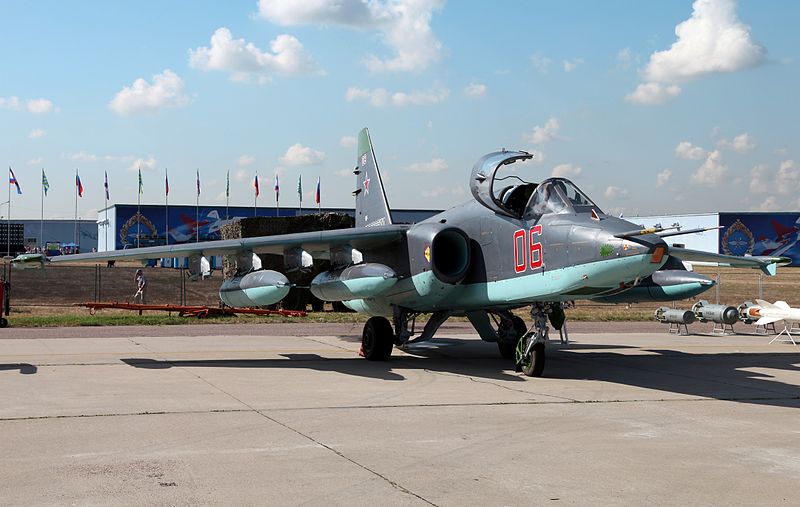
By Jason Patrick
In a 2 April statement, NATO Supreme Allied Commander, General Philip Breedlove announced the alliance’s intention to reevaluate its force positioning and structure, emphasizing the need to address a new security paradigm. High level dialogue between member countries and calls from multiple member states for additional forces on their soil have increased over the last several days.
Although it is unlikely that NATO will engage Russia militarily in Ukraine, the latest statements from the security alliance are likely meant to prepare Western domestic audiences as much as they are to deter President Putin from further action.
NATO intelligence officials believe that Russia is positioned to invade Ukraine, suggesting that forces could move within 12 hours of receiving the order from the Kremlin. General Breedlove stated yesterday that Russia could achieve its military objectives within 3-5 days of launching its attack.
The presence of an elite tank division along with squadrons of Su-25 Frogfoot and rotary wing aircraft indicate that Moscow is prepared to employ combined fires with airborne assets providing close air support to an armored invasion force. The additional presence of electronic warfare units suggest the possibility of radar and communication jamming, which could greatly impede Ukraine’s ability to detect and engage the aircraft. The reported presence of field hospitals established near the border further suggests that Moscow is preparing the necessary medical infrastructure to treat combat casualties suffered during an invasion. The combination of these indicators suggests that Moscow could well be considering a military incursion into eastern or southern Ukraine.
Heads of state from the Baltics to the Balkans are becoming increasingly alarmed at the prospect of a Russian incursion–so much so that Poland’s Foreign Minister, Radek Sikorski expressed his nation’s desire for two heavy brigades of armored infantry to be deployed to Poland. While that request may go unfulfilled, NATO will conduct a two-day exercise with Lithuania. Additionally, the UK and Germany have offered to send combat aircraft to the Baltics to support air patrols. Finally, the United States requested that Bucharest allow an additional 600 personnel to an airbase on the Black Sea to bolster aviation assets and support crews already deployed there.
NATO Secretary General, Anders Fogh Rasmussen announced his decision yesterday to suspend civilian and military cooperation with Russia, which Moscow denounced as a return to Cold War politics. Further exacerbating tensions was yesterday’s announcement by acting Ukrainian President Oleksandr Turchynov that his government is considering changes to its non-alignment status. In response, the Russian Foreign Ministry warned Ukrainian leaders that future bilateral relations would suffer if Kiev attempted to move toward the North Atlantic alliance. Moscow also levied a 44 percent increase on the price of natural gas exported to Ukraine.
Despite fears among eastern members of NATO, Putin’s next military move is likely to be confined to Ukraine, as he senses that the West’s response will be limited mostly to rhetoric. However, increased force presence along its eastern border would be a prudent decision for NATO. Rasmussen and Breedlove’s statements will begin to lay the groundwork for European and US audiences to prepare them for the distinct possibility of enduring East-West tensions that may well lead to an increase in military commitments around Eastern Europe.




